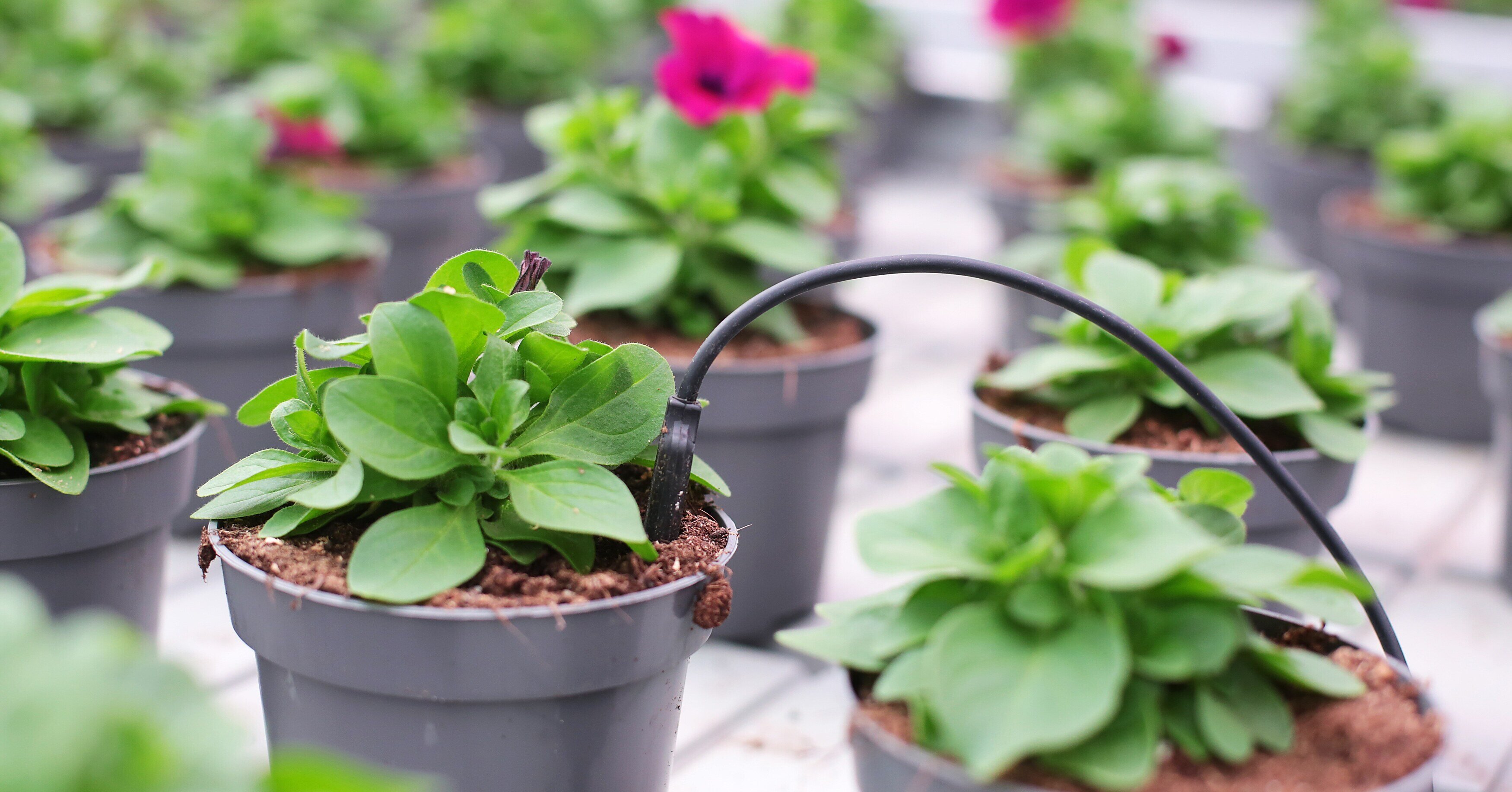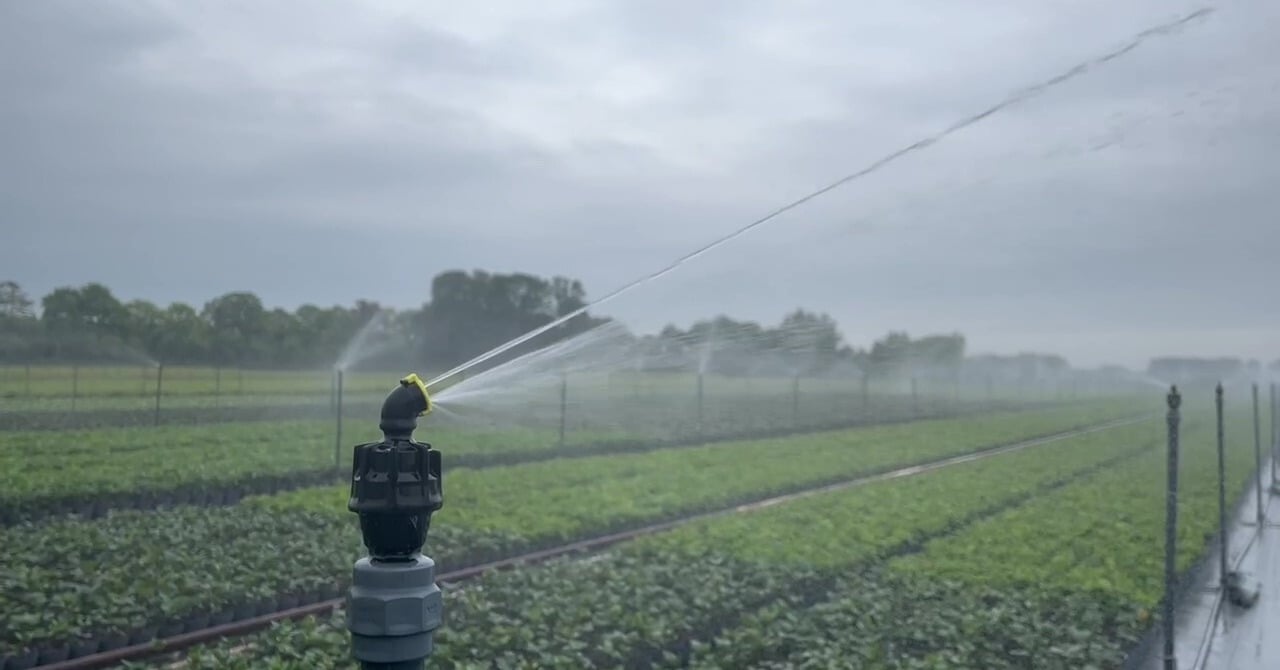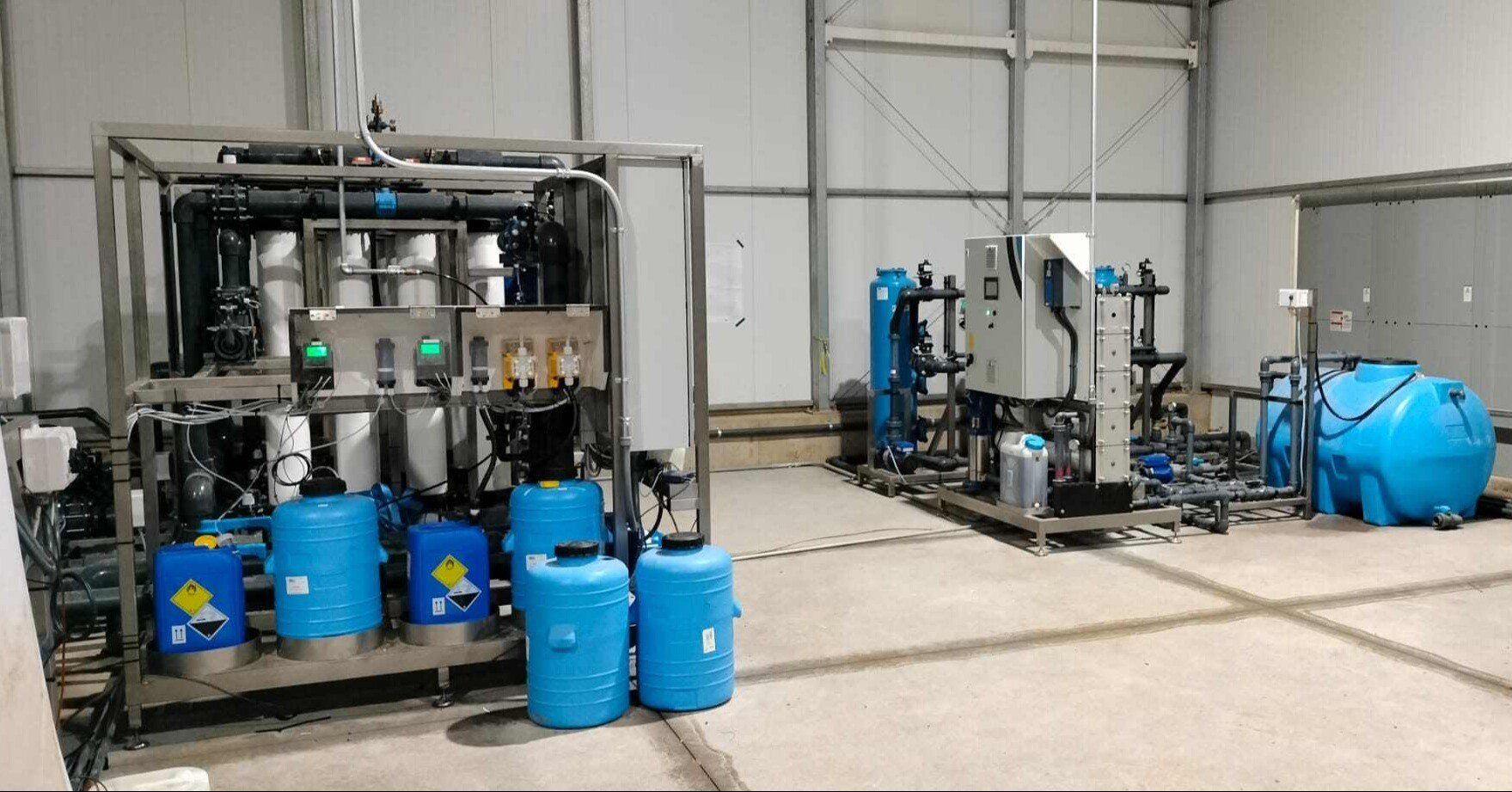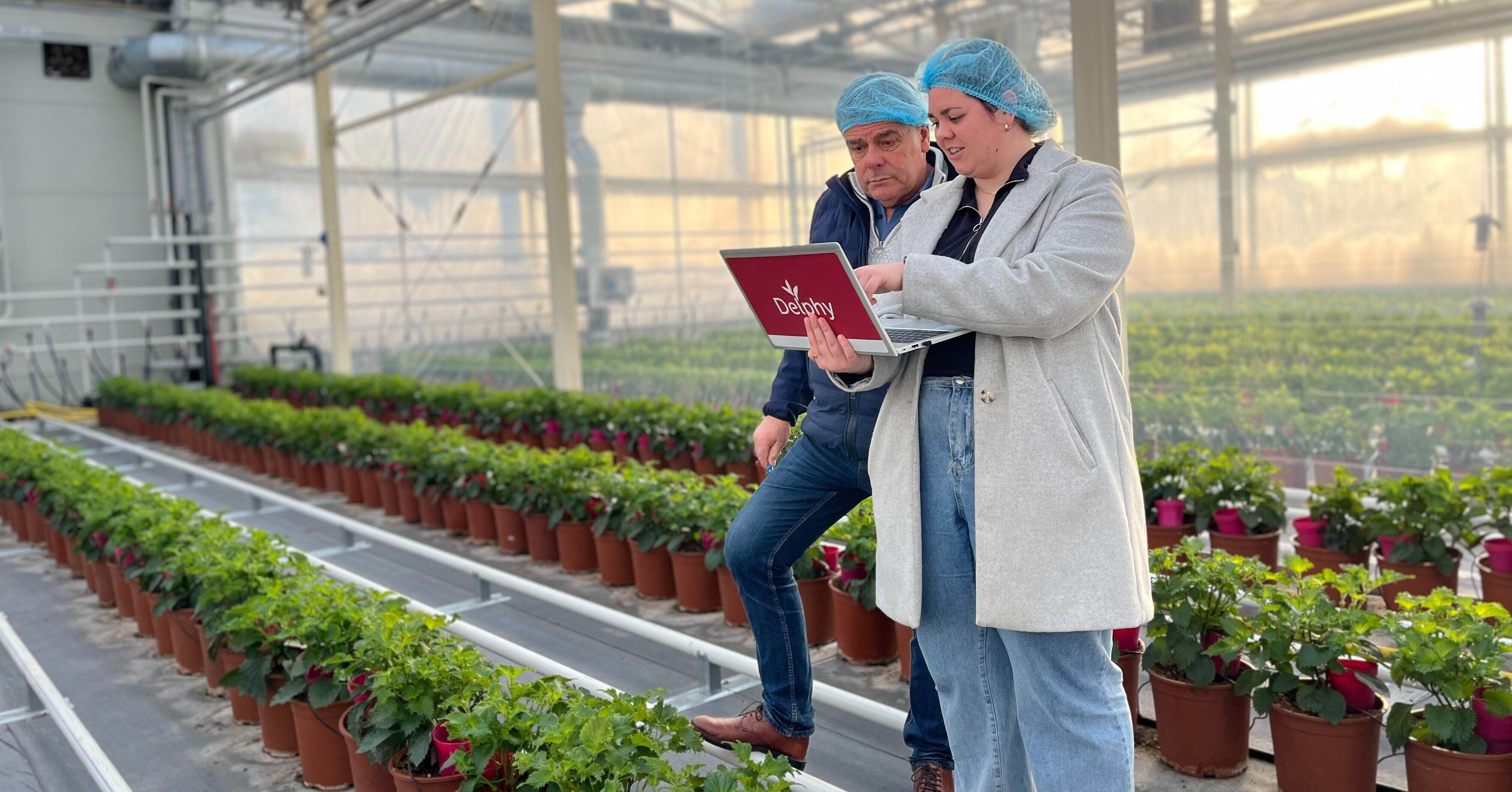- Prefer direct contact? +31 (0)79 593 38 00
- Language: English
Biosensors are transforming plant health management

Biosensors are transforming plant health management
Feb 13, 2025 10:01:38 AM
Biosensors can help strengthen plants by detecting early signs of stress, stagnating growth, or looming threats from diseases and fungi. While the use of these sensors is still in its infancy, their potential is enormous. When biosensors identify a threat, optimizing growth factors and the growing environment becomes essential. ErfGoed's AirFlow system plays a key role in this process.
The importance of plant resilience is gaining ground, driven by the increasing reduction of available crop protection products and the growing need for more sustainable cultivation methods. According to Linda Nooren, a researcher at Delphy, biosensors can play a crucial role in enhancing plant resilience and health. "These sensors measure directly from the plant itself whether something is wrong," she explains. "Until now, measurements were primarily conducted in the greenhouse; measuring at the plant level is the next step. With biosensors, you can detect stress or growth disturbances in plants, reducing the risk of disease and fungal infections. If you receive this information early, you can intervene and make adjustments quickly. Think of it as warning signals, potentially eliminating the need for chemical corrections."
Various types of biosensors 
According to Nooren, there are multiple types of biosensors, each with its own working principle. For example, Vivent Biosignals' biosensors detect electrical signals within the plant. These sensors monitor how plants respond to nutrients such as nitrogen (N), phosphorus (P), potassium (K), and calcium, as well as their water needs. This is achieved by analyzing cellular communication using electrophysiology—a technique also used in healthcare, such as in electrocardiograms.
"Additionally, there are biosensors from Plense Technologies, which capture echoes reflected by elements within the plant. This also provides valuable insights," Nooren explains. "Then there are biosensors from 2Grow, which generate data on sap flow and stem diameter. For instance, a calcium deficiency—which makes crops more vulnerable to diseases and pests—can be detected through changes in sap flow. Fusarium in the roots can also be identified in this way. Essentially, biosensors allow you to 'talk' to the plant."
A long road ahead
One of the challenges, according to Nooren, is correctly interpreting the collected data. "Sometimes the issue is clear, but often, it is not immediately evident. The algorithms linked to biosensors need to be trained to recognize problems. They must be able to analyze the data and determine whether the plant is experiencing water stress, disease, or pest infestations. Training these algorithms takes time. Because of this, the application of biosensors is still in its early stages and remains a distant prospect for many growers. However, the potential for the future is immense." 
Cock van Bommel, Business Development Manager at ErfGoed, shares this view. "These sensors will become 'the grower's new green fingers.' However, implementing biosensors in pot and bedding plant nurseries presents challenges, as these businesses grow a wide variety of crops. Each species has unique characteristics that must be correctly interpreted. In this regard, there is still a long way to go. But one thing is certain: the more we can measure at the plant level, the better control we will have over plant growth, disease, and pests—and ultimately, plant health."
Improved microclimate with the AirFlow system
In summary, biosensors provide the ability to map risks in cultivation and plant health. When risks are detected, immediate action is required. "This means taking cultivation measures to mitigate risks," says Van Bommel. "For example, adjusting irrigation or fertilization and improving the microclimate around the plant. A more active microclimate can significantly help prevent fungal infections."
.jpg?width=300&height=217&name=ErfGoed%20AirFlow%20(1).jpg) ErfGoed’s AirFlow system helps create the ideal microclimate around crops. The principle of this system is simple: air is drawn from the greenhouse and blown through a pipe system in the ebb-and-flow floor. These distribution pipes contain small holes that release air into the gravel layer, which then delivers it directly to the crops. "Essentially, you blow warm or cool air through the lower 30 to 40 centimeters of the crop, creating a gentle airflow. This activates the plants and improves the microclimate, making it harder for fungi to take hold. The airflow also helps the crop dry faster, reducing the risk of fungal infections," Van Bommel explains.
ErfGoed’s AirFlow system helps create the ideal microclimate around crops. The principle of this system is simple: air is drawn from the greenhouse and blown through a pipe system in the ebb-and-flow floor. These distribution pipes contain small holes that release air into the gravel layer, which then delivers it directly to the crops. "Essentially, you blow warm or cool air through the lower 30 to 40 centimeters of the crop, creating a gentle airflow. This activates the plants and improves the microclimate, making it harder for fungi to take hold. The airflow also helps the crop dry faster, reducing the risk of fungal infections," Van Bommel explains.
Since week 43 of 2024, Delphy has been conducting a trial with the AirFlow system at Koppert Cress. Nooren notes, "It is still too early to draw conclusions, but creating the right microclimate around plants can help keep diseases and pests under control. In this respect, the AirFlow system could be a valuable tool."





